They say Lisbon isn’t for everyone. That part is certainly true. I’ve been met with as many raised eyebrows as nods of agreement — spanning a great divide between those who prefer to visit and live somewhere else and those who have moved in completely and fell in love with the place. I’ve belonged to the latter category, and since there are plenty of reasons why I adore this city, I’ve decided to create this saga, an ongoing rumination in parts, of the various aspects of this place that I’ve learned to enjoy and appreciate throughout my time here so far.
Lisbon isn’t perfect. Nowhere is. As much as there great reasons to live here, there also countless of arguments why perhaps you shouldn’t (something I’ll articulate later on, so watch this space). But since I’m a person who has the predilection for the simple poetry of life, the certain aesthetic of places, I manage to enjoy the many details and perspectives this city has to offer. Don’t get me wrong, I also have a stomach for the peculiar and not-so-wonderful aspects of living here, and in certain occasions crucially tests my patience, I have a high tolerance for such things.
But, whenever I’m around the city, I’m reminded of how beautiful Lisbon really is. That city on the cusp between history and change, a delicate dance between standstill and movement. One has to commit to a great deal of walking and exploring to discover what I mean by this.
It’s a great city for walking.
Arguably, the best way of discovering a city is by walking, and I’m certainly not alone in this matter. My love for walking has benefited me the privilege of fully experiencing the cities and places I’ve both lived and visited, and Lisbon has the landscape for a full-on hike. Known for its legendary status as a City of Seven Hills, just like Rome (in fact, Lisbon has far more hills in reality than this brochure-friendly title will tell you), you can walk literally anywhere and find yourself atop an elevation with views across the city. I don’t think my legs had this enough workout ever since I moved here, and I love it so much.
Often I find myself getting lost in the winding, labyrinthine historic streets of Alfama (with passageways so narrow and often steep that Google Maps refuse to tell you where you’re geolocated), leading to the cobblestoned roads and Moorish ramparts of the Castelo district, a place with so many beautifully hidden corners (when you know where to get away from the tourists), and ultimately landing on Graça, this exquisite hilltop, picture-perfect neighbourhood that happens to be set on the highest point of Lisbon. Bear the hike up, avoid tuk-tuks (motorised three-wheeled vehicles that scatter around the city), and you’ll be rewarded with postcard views of Lisbon, this old, magnificent city.
On the other side of the valley, I navigate the palatial district of Chiado, the precarious limestone-paved calçadas of the hilly Bairro Alto and its neighbouring district, the regal Príncipe Real, down to the curvy inclines of Santa Catarina and São Bento. I keep walking around these areas and still manage to find surprising corners and alleyways behind familiar routes.
And when I’ve had enough of hills, I find myself pounding the pavements of downtown Baxia, the squares of Rossio, through the grand Avenida da Liberdade, and end up on Parque Eduardo VII, one of the biggest parks in Lisbon. I also particularly like the neighbourhoods of Avenidas Novas, flat pavements good for the soles of your feet.
But the jewel in Lisbon’s walking crown is certainly the waterfront — a wide, bright thoroughfare that extends from Santa Apolónia all way to the monumental district of Belém, dazzlingly dotted with bars, esplanades, historical museums, marinas and parks where you can hang out or simply walk along the sparkling Tejo. I loved jogging and cycling here whenever I have some leisure time, or come here with a book and bottle of wine, watch sailboats float by and then finish off the day with a heart-rending sunset.
This city has such a magnificent history.
One thing is for certain — I don’t think I could live in a shiny steel-and-concrete urban sprawl that’s coldly and callously lacking of history. As much as I enjoy settling along neatly arranged modern avenues or the quieter tree-lined, distinctly suburban residential areas, I’d prefer to be within reach of places with stories to tell. And by stories, by god of virtue, Lisbon has it in spades. It takes one look at the city and you’d think: “This place has an old soul.”
When I first arrived, I was infinitely buzzing and curious about Lisbon’s past, the visionaries who founded it, the daredevils who conquered it and the magnanimous ones who kept the city’s spirit alive, even until today. I’ve perused this book, The First Global Village: How Portugal Changed The World by Martin Page — and if you’re inquisitive about Portugal’s place in human history, you’d be rewarded with excellent prose and a great deal of knowledge — and it’s given me a lot of insight of the city, which I know call my newly-adopted home.
Its transformation from segregated ancient kingdoms, the influence of Phoenicians, the Carthaginians, the Greeks, the Romans, the arrival of the Visigoths and the succeeding Moorish conquest, the struggle with Catholic Spain and Vatican’s grip, and ultimately towards its founding as Europe’s first-nation state (who would’ve thought Lisbon turns out to be older than Rome) all happened here. And what’s more, Lisbon, and Portugal as a whole, evolved from a mere dot in the Iberian Peninsula to a global trading empire, the first of its kind written in history, propelling “The Age of Discovery”, for the good and bad. Moreover, what I find even more interesting, a knowledge that’s surprisingly very little known, is Portugal’s pivotal role in the tumultuous Crusades and its entanglement with the activities of The Knight’s Templar organisation. Consider my mind blown. Perhaps I’ll write an entire post about that some other time.
I could go on about how fascinating the history here, and there are countless of books and accounts written about that, and its colossal chronology have all determined Lisbon as an entry-point to a lot of European history, influencing the city’s architecture, infrastructure, politics, the arts, music, culture and aesthetics. Often I walk around feeling the sheer weight of history, not as a burden of the past but a tremendous gratitude that such place have all these epic tales, a city that’s like an open-air chronicle of drama and triumphs and tragedies. You’d feel this sense of significance and the melancholy of time that emanates from the hills and streets, the fortresses and palaces, the sculptures and squares, all reminding those who visit and live here that life goes on, and our actions determine the city that we leave behind for the future generation.
It’s like being in many places at once.
Because Lisbon has that sumptuously rich history, the city itself takes on this diverse look whilst remaining distinctly European. Rome is an aforementioned touchstone, with its ancient hills, church spires and grand Renaissance architecture, but a short walk around Lisbon’s Alfama neighbourhood and you’d probably imagine yourself somewhere around Marrakesh in Morocco, the Moorish influence visible in its winding steps, tile craftsmanship and hillside ramparts. This influence is also visible all over town — the Rossio Station’s Neo-Mudéjar façade, in Príncipe Real’s Embaixada, the Cinematic Portuguesa and Casa do Alentejo, all prime examples of the stunning Moorish revival architecture.
Course through from Restauradores to Avenida da Liberdade and you’d feel like you’re in Paris, the Marquês de Pombal who supervised the rebuilding of Lisbon after the disastrous 1755 earthquake, modelling this area after Parisian boulevards. Someone also once told me that if you climb on the Elevador Santa Justa, the city’s view below has the ilk of places like Florence, Italy or Dubrovnik, Croatia, with the sprawl of terracotta roofs. And if you glimpse from the viewpoint of Miradouro de São Pedro de Alcântara, the blue Tagus beyond has the atmosphere of the Bosphorus in Istanbul, Turkey.
Additionally, there’s the red suspension bridge, Ponte 25 de Abril, which looks like a dead-ringer to the Golden Gate Bridge in San Francisco, USA, and if you look across the river in Almada, there’s Cristo Rei, the Christ statue fashioned after the same gigantic monument in Rio de Janeiro, Brazil. Further on, closer to the Atlantic coast are seaside towns, dotted with marinas, beaches and resorts that couldn’t be out place in the south of France, granted roughly with the same amount of sunshine all year, natch. So it goes without saying, Lisbon is a pretty multifaceted city.
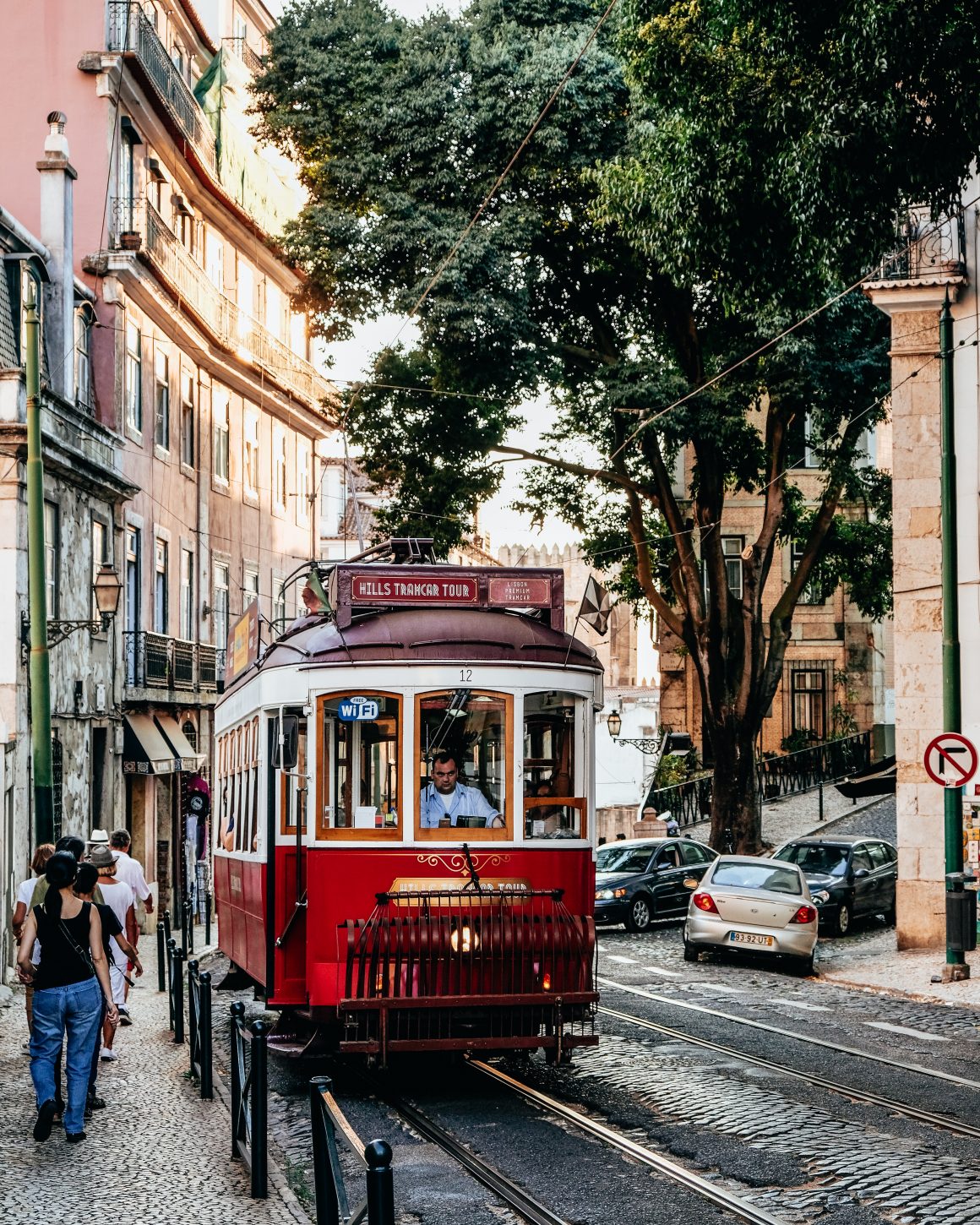
Transport is so affordable.
OK — with the exception of these vintage trams and funiculars, as they’re priced as though catered for tourist, more than anyone else — public transport in Lisbon is dead cheap. Compared its neighbouring European cities, it’s certainly a standout and definitely one of the most remarkable aspects of this city. Having lived in the busy metropolis of London, I never felt the need to have a car as driving around the city is foolish, so my reliance on the public transport system is paramount. Which also means, I’d have to supply shitloads of money every month on transport. Daylight robbery is no difference. I literally moved closer to my work to solve this dilemma.
Here, €1.50 is the base rate for both metro and bus tickets. But it’s even cheaper when you use the prepaid Viva Viagem Card, the zapping card you can use in all transport systems here. I can get around without having to worry about cost, not that it bothers me due to my passionate love for walking. A few times, I’ve taken the ferry to Almada, which is a great way to admire the view from the other side, and a single trip costs €1.25! Dash to the airport, which is conveniently stationed within the city’s perimeter, and it’s a €1.85 sacrifice from your wallet. Even getting there with Uber, obviously more convenient and superior choice for comfort, it’s no more than €7-8.
Take trips along the sparkling Estoril-Cascais shoreline or to the dramatic mountains of Sintra and the efficient railway train won’t cost you any more than €2.20 each way. Or take the train to Porto with the high-speed Alpha Pendular, which is affordable enough at €25 if you book in advance. Not bad for a 3-hour trip across the country.
Cinemas are superb and tickets are at a cut-rate.
Clearly, I’ve valued this highly due to my personal dedication and love for cinema and its artform. Gone are the days when I had to pay ridiculous amounts of money just to see the latest (predominantly shitty) Hollywood blockbusters or the newest arthouse triumph in central London. Not that I had to pay every time, as being a film blogger, I get to see plenty of films for free, thankfully. Nonetheless, the price of cinema attendance in that city is exorbitant as fuck.
Meanwhile, the best cinemas in Lisbon charge no more than €6-7. I often go to Medeia Monumental near Marquês de Pombal for arthouse releases, and the UCI Cinemas in El Corte Inglés or the popular NOS Cinemas for more commercial fare. At the beautiful Cinema São Jorge, perhaps the most prestigious cinema in Lisbon, you can watch films at €5 at any time. Around the corner, at the stunning Cinemateca Portuguesa, set at the Neo-Mudéjar palace, you can watch retrospectives at the price of €3, with films being played in its real film stock!
In Lisbon’s flagship film festival, exhibiting both locally and internationally acclaimed films, some prices are even lower as to promote cinema attendance from the public. There are exceptions, of course, as not all international films are furnished with English subtitles — but why ask for the moon when we have the stars?
// THE SAGA CONTINUES ON PART 3. COMING SOON.



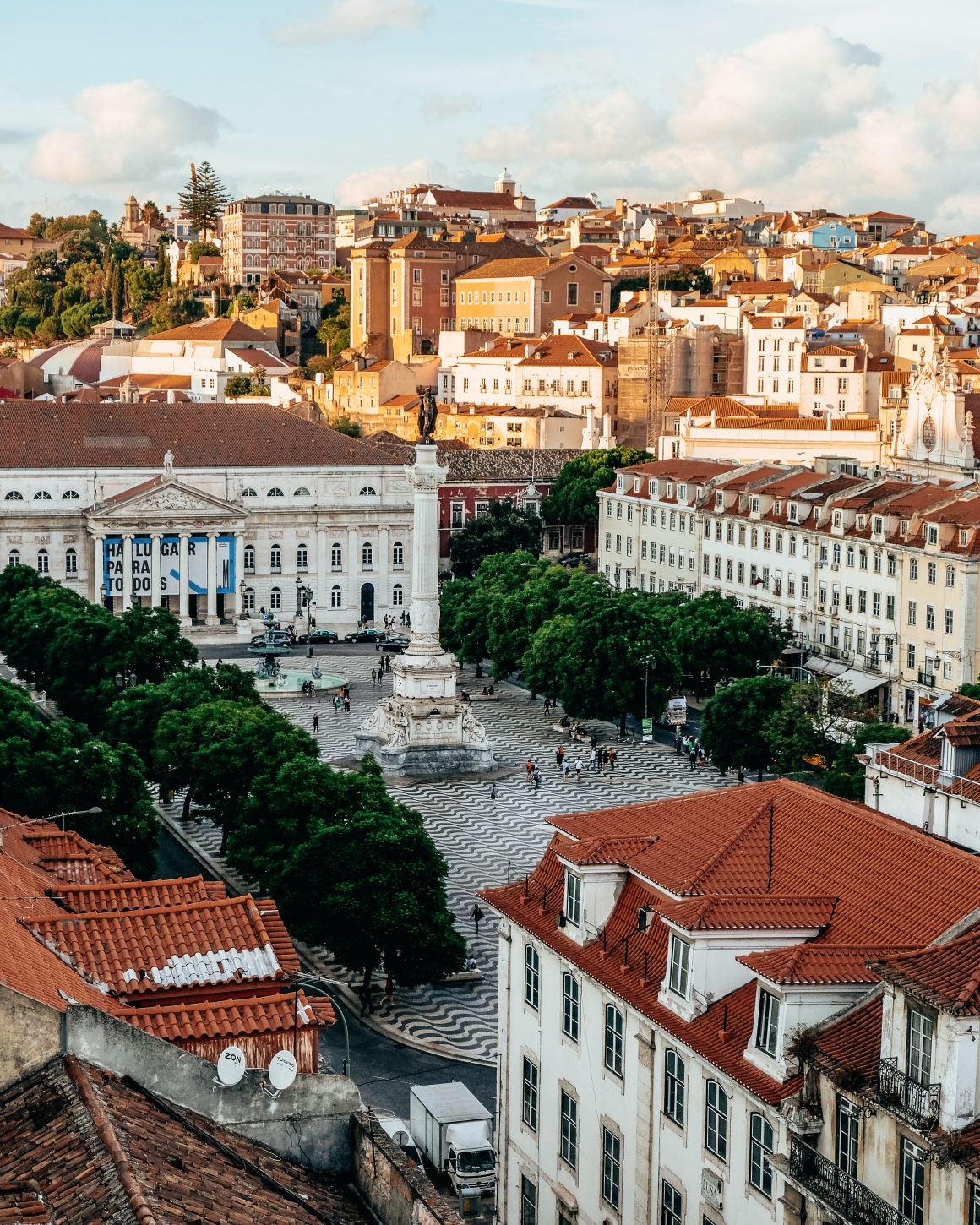

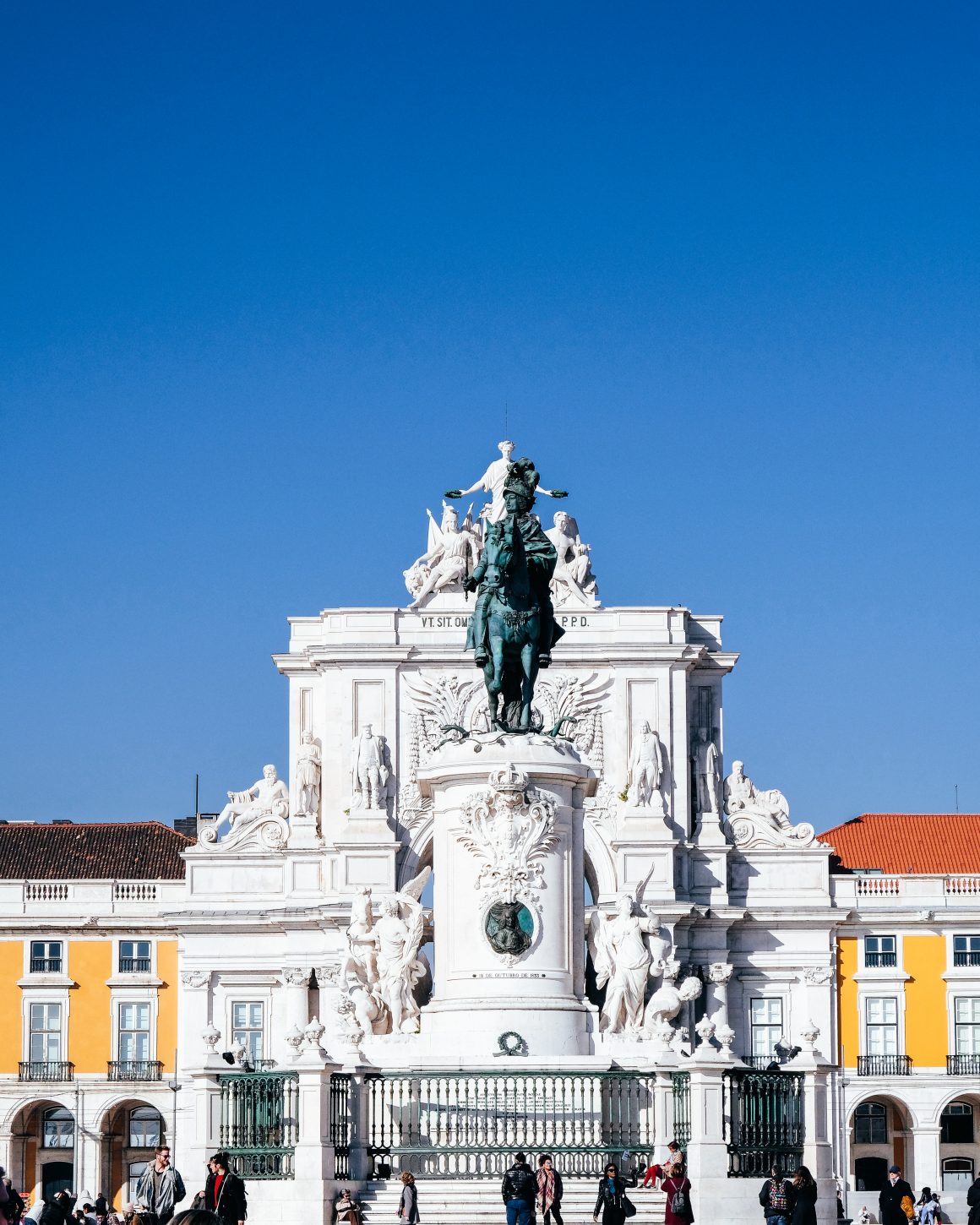
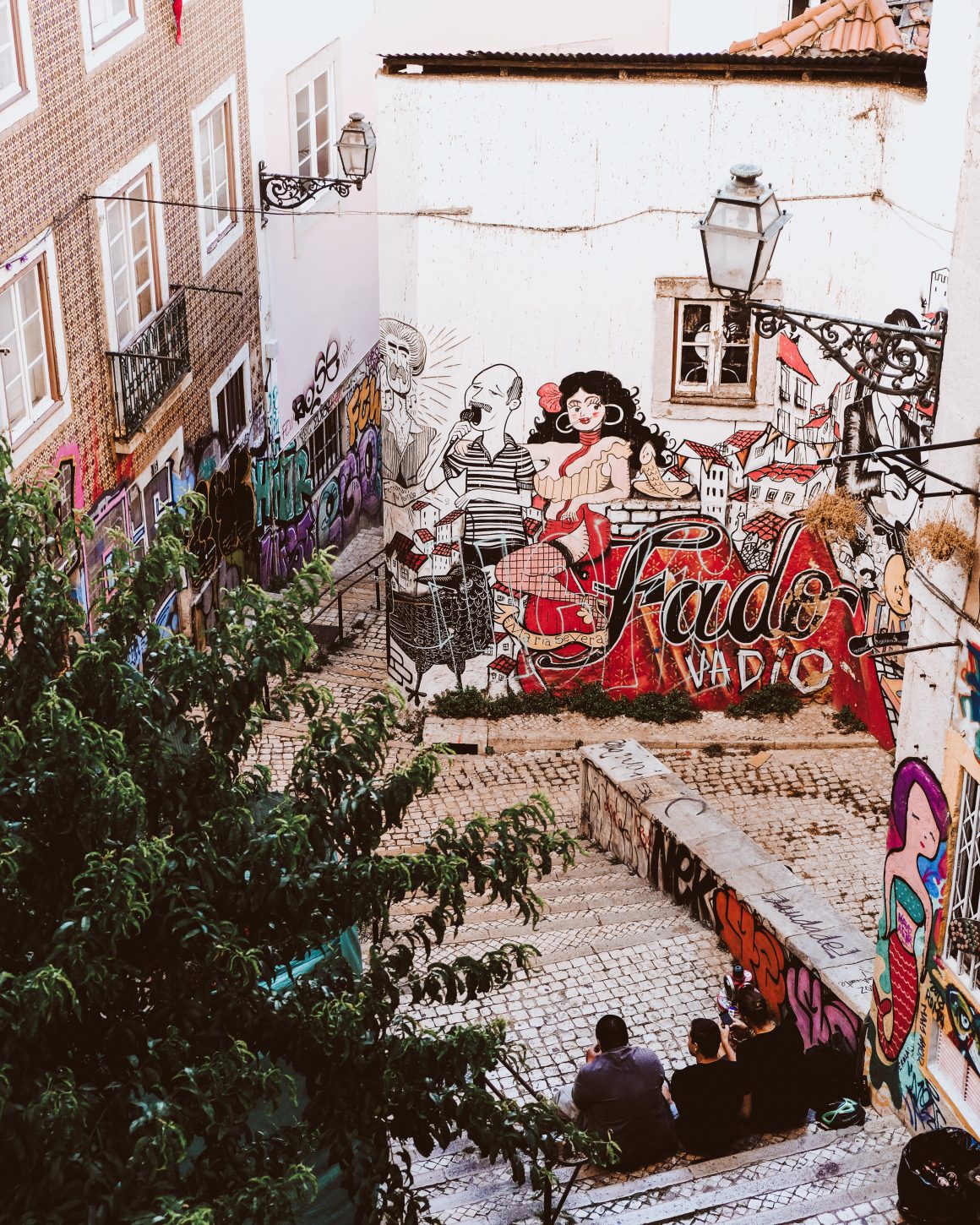
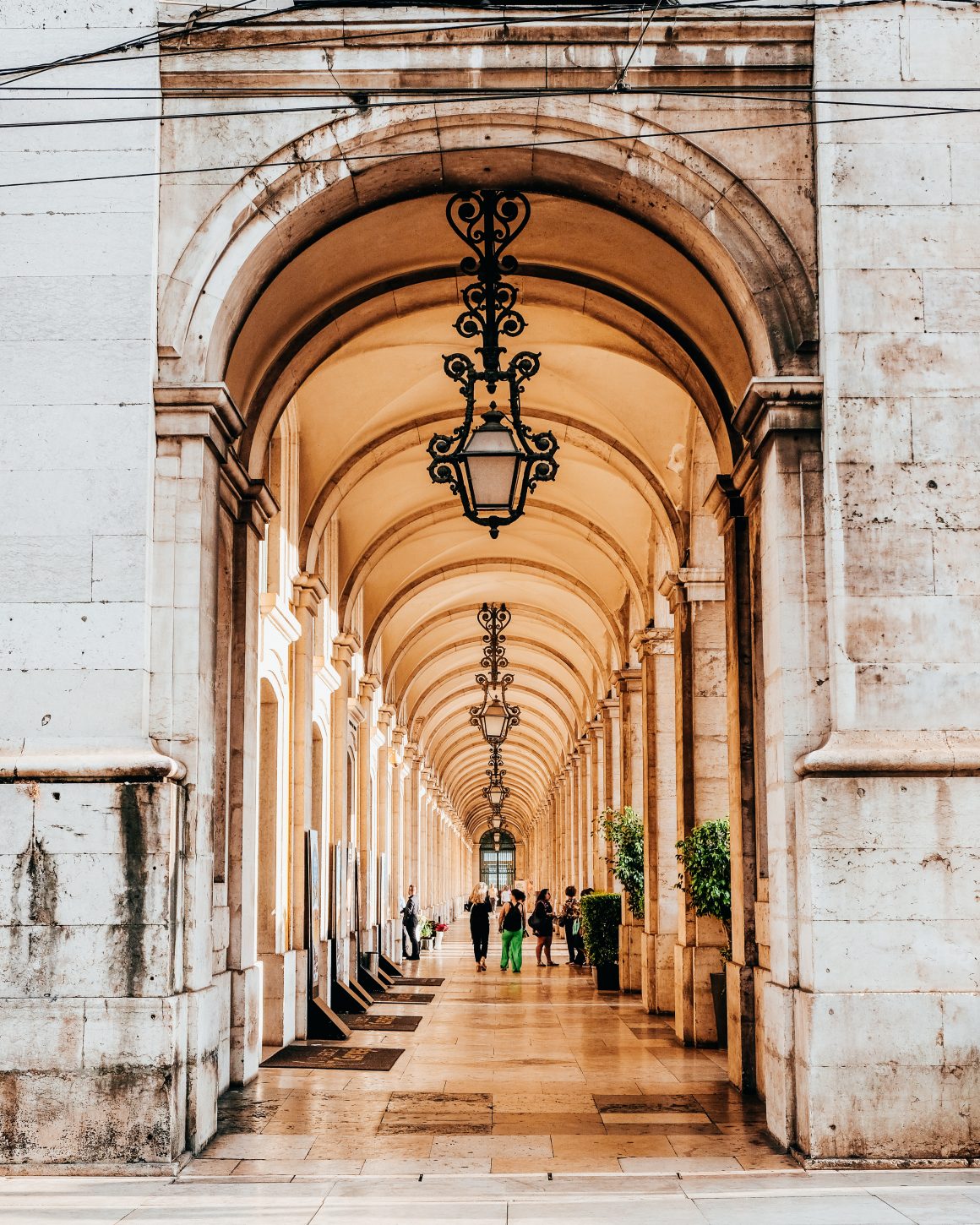
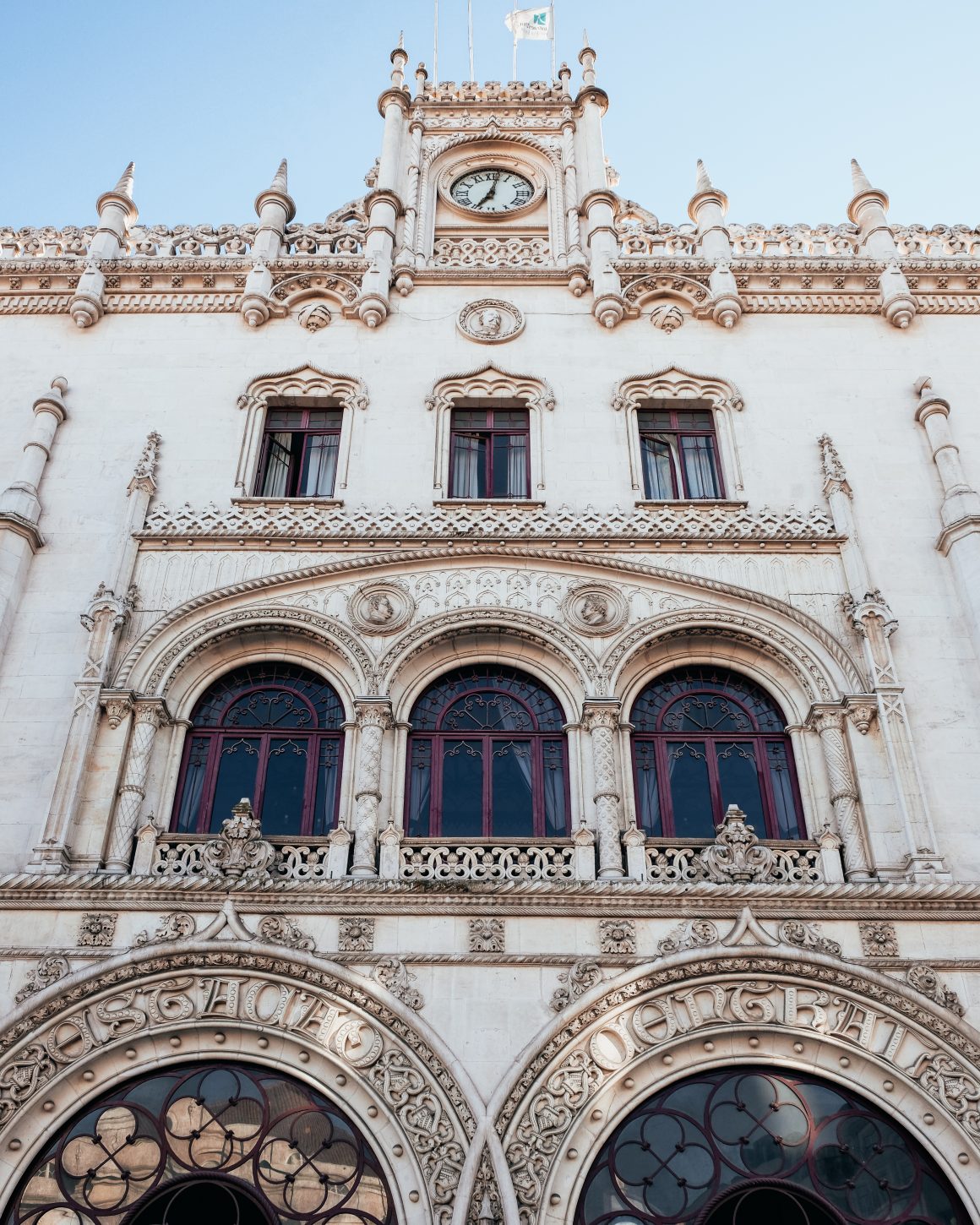

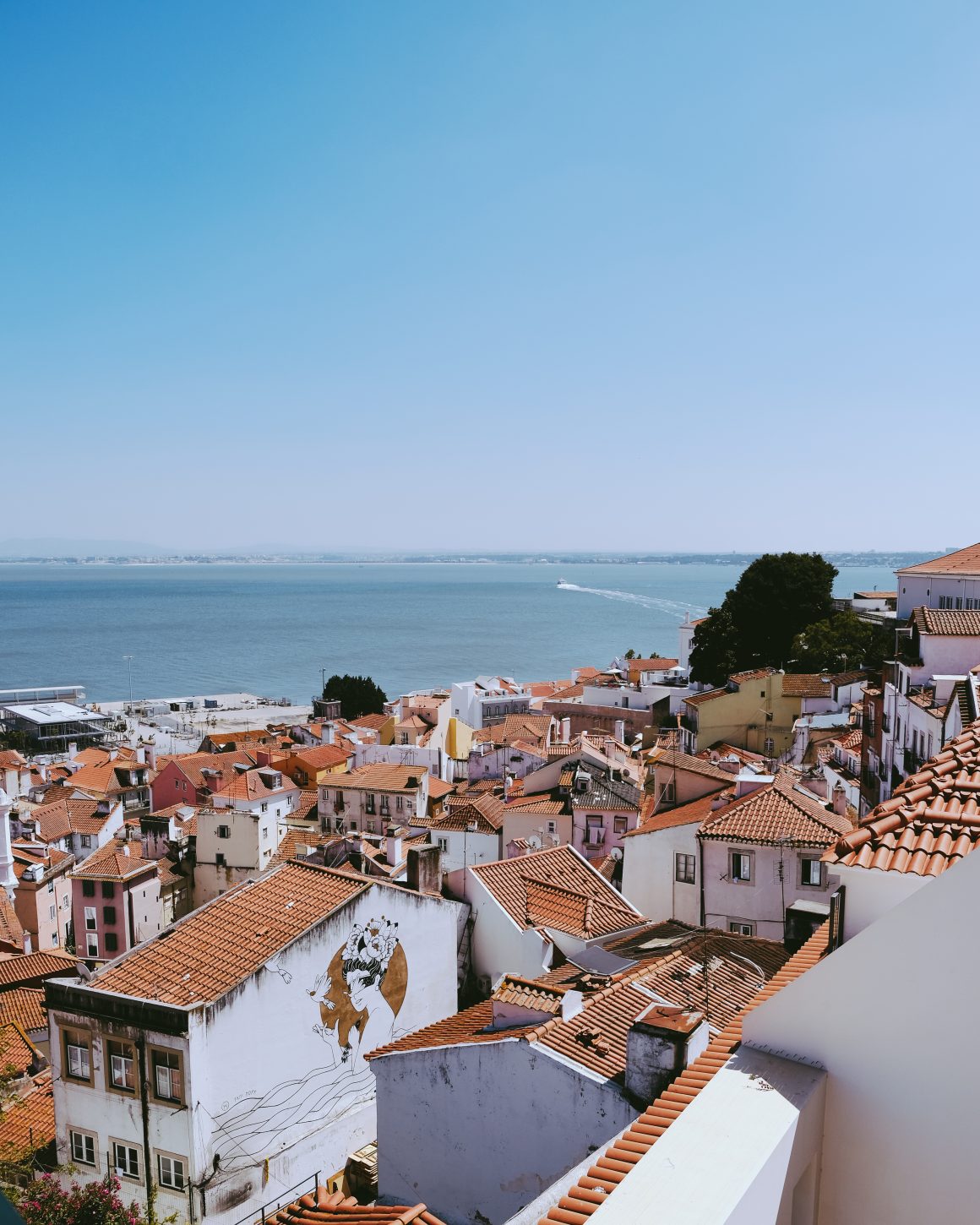

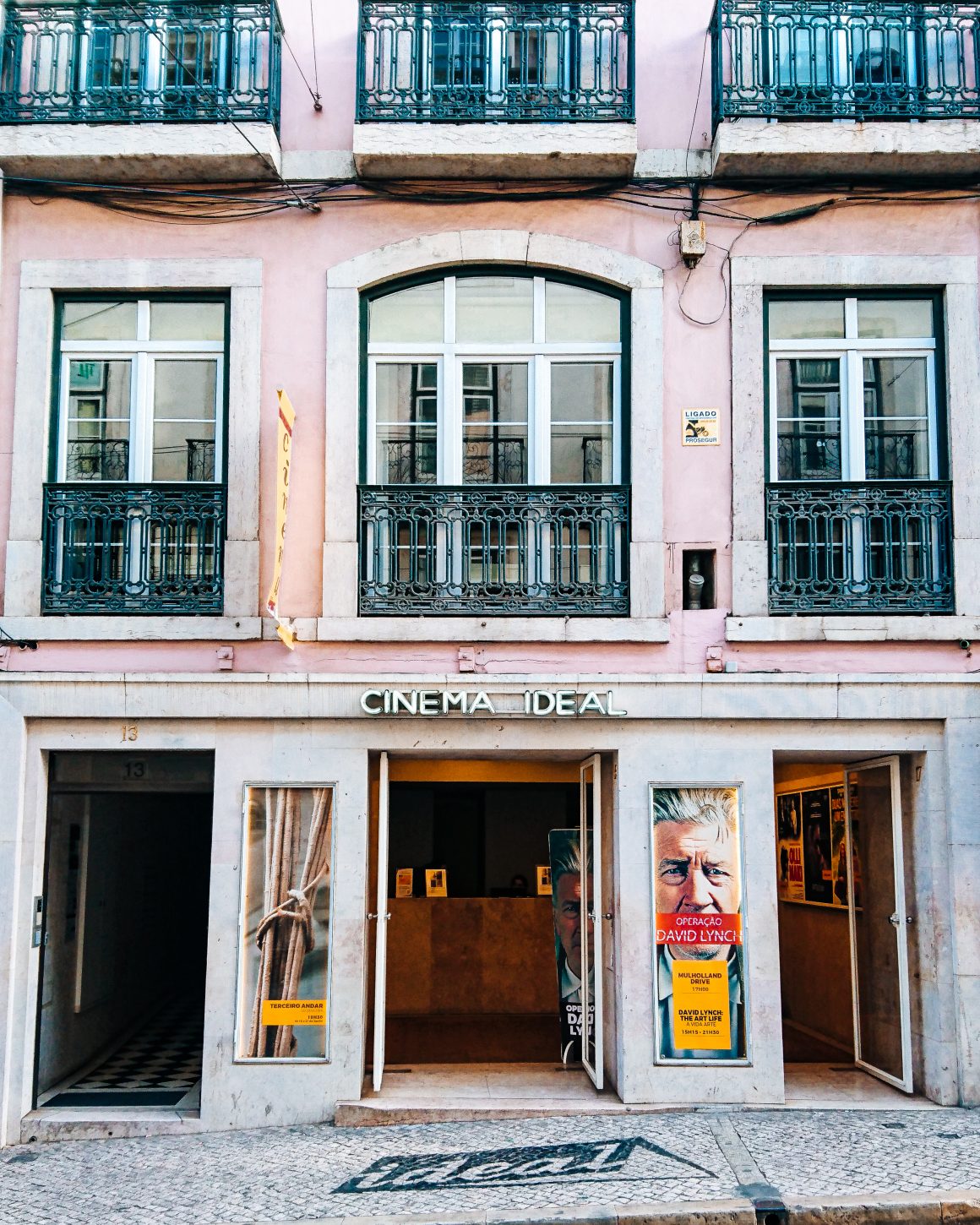











1 comment